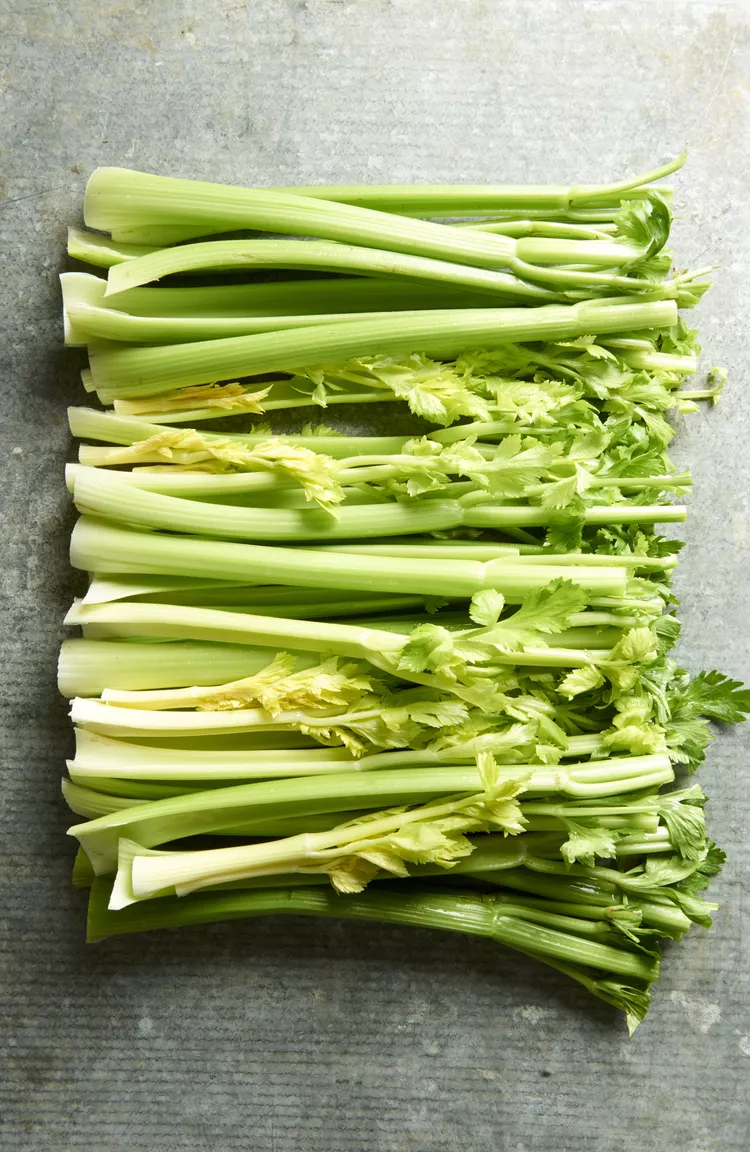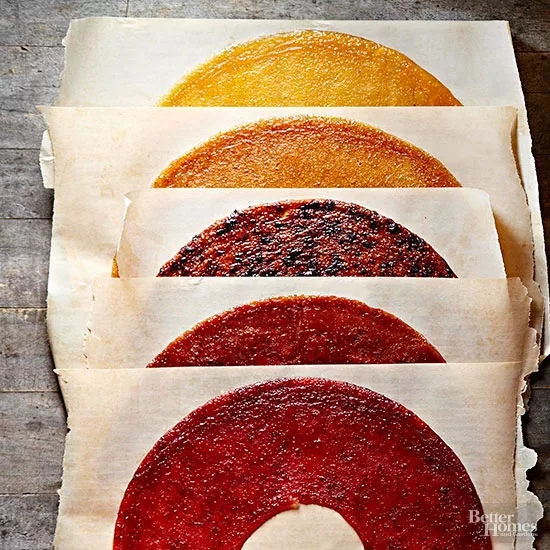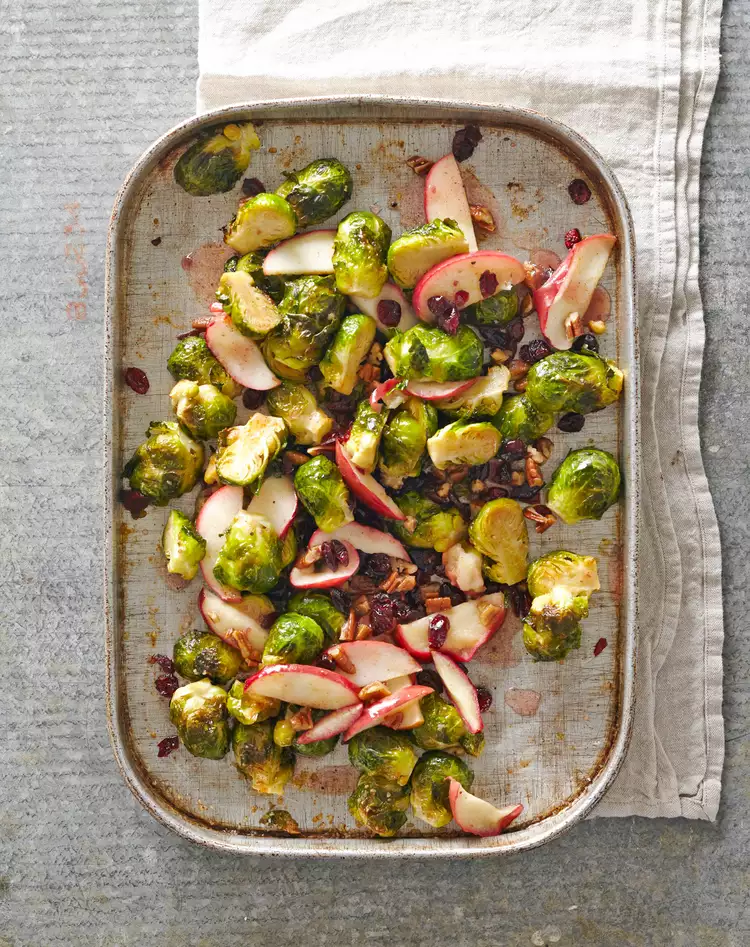As a child who grew up on frequent snacks of “ants on a log,” a college student who subsisted on a fair amount of celery with hummus during study sessions, and now a kid-at-heart who enjoys all of the above and a wide variety of other celery recipes, I’ve invested in and devoured my fair amount of the vegetable.
But one thing that has always perplexed me, especially as someone who lives alone, has been figuring out how to make it through the entire bunch without it going bad. Even seemingly celery-rich recipes like bread stuffing, gumbo, and celery-apple salad call for only one to three stalks. (By the way, the USDA refers to a single piece of celery as a “rib” and the bunch of celery as a “stalk,” however, most supermarkets and all of our recipes refer to the single piece as a stalk.) Considering the fact that the average bunch or head of celery contains 10 to 12 stalks, it takes a lot of snacking, recipe planning, and time to make it through the entire package.
Curious about how long celery lasts so you can pack lunches, prep snacks, and plan meals accordingly? Our Test Kitchen has your answer—along with how to store celery to max out its fresh and flavorful shelf life.
- Sarah Brekke, M.S., Better Homes & Gardens Test Kitchen brand manager
How to Choose Celery
Before we can master how to store celery, we have to buy it or harvest it from the vegetable garden. There are three main types of celery plants:
- “Pascal,” the light green “stalk celery” that is available at most supermarkets
- Leaf celery, which has thinner stalks and more aromatic leaves and seeds
- Celeriac, aka celeriac, a dense and knobby mass of stems that looks like a root
For this guide, we’ll focus on Pascal celery since it’s widely-available and the type of celery most often featured in our recipes. (Although, if you’d like to try celeriac, we recommend giving it a go in this silky Potato, Celery Root, and Parsnip Mash.)
When buying stalk celery, look for pale green bunches that:
- Feel tightly-packed with straight stalks
- Appear crisp, and vibrant, and have no divots or bruises
- Have fresh-looking leaves on top
Avoid celery that’s pale or white, discolored, limp, bendable, slimy, or moldy; these are all signs celery has gone bad, according to Sarah Brekke, M.S., Better Homes & Gardens Test Kitchen brand manager.
How to Store Celery 3 Ways
The two main enemies of celery: dry conditions and ethylene gas.
“Celery loves moisture, so the key to prolonged storage is to make sure there is ample moisture and humidity,” Brekke says. The water-rich vegetable will go bad much more quickly if it gets parched.
The other factor that’s important to keep in mind as you become a pro at how to store celery is ethylene. Some fruits and vegetables naturally emit this gas, which speeds up the ripening process for produce that’s “ethylene-sensitive.” For this reason, there are certain fruits and vegetables you should never store together, and there are also some produce items that last longest when they are allowed at least a bit of airflow. Since celery produces and is sensitive to ethylene, it’s wise to remove the celery from the plastic bag it’s often sold in—especially if the top is secured. If possible, don’t store celery near apples, avocados, bananas, cantaloupe, pears, peppers, and any other ethylene-producers.
How to Store Celery in the Refrigerator Whole
To try one of Brekke’s all-time “favorite kitchen hacks,” here’s how to store celery:
- If the celery was sold in a plastic bag, remove it.
- Using a piece of aluminum foil, wrap the celery top to bottom in foil. (“If the celery you purchase is looking a little dry, try wrapping the bunch in a slightly damp paper towel before wrapping in aluminum foil,” Brekke suggests.)
- Place the foil-wrapped celery in a high-humidity crisper drawer.
Aluminum-wrapped celery should remain fresh and crisp for 2 to 3 weeks, Brekke confirms.
How to Store Celery in the Refrigerator Sliced
If you want to store cut celery for quick and easy snacking, you have our Test Kitchen’s thumbs up.
“For most produce, we recommend washing right before using but celery is a bit more forgiving. If washing the celery in advance, just be sure that it is mostly dry before storing since excessive moisture can speed up the spoilage process,” Brekke says.
Here’s how to store celery sticks:
- Using a sharp knife, slice off the root end and the celery leaves. (Reserve the roots for stock or broth, and use the leaves in sauces, soups, or as a garnish.)
- Wash the ribs of celery under cool running water, then cut the pieces into 4-inch pieces, or your desired length.
- Transfer the celery sticks to a food storage container, then fill it with enough cool water just to submerge the pieces.
- Cover with a lid and refrigerate.
- Every other day, dump and refresh the water to help keep the celery sticks fresh.
Stored under these conditions, celery sticks should last for up to 2 weeks.
How to Store Celery in the Freezer
If you could use more time than 2 or 3 weeks to make it through your celery, put it on ice.
“Celery can be frozen. It’s important to note that because celery contains a high amount of water, once it’s thawed, the celery will no longer retain its signature crispness,” Brekke said. “That said, frozen celery works great for soups, stews, baked dishes, juices, and smoothies.
Here’s how to store celery in the freezer:
- Using a sharp knife, slice off the root end and the celery leaves.
- Wash the ribs of celery under cool running water, dry them well, then cut into desired size pieces.
- On parchment paper-lined sheet pans or trays, arrange the celery pieces in a single layer.
- Place the celery in the freezer for 2 hours, or until the pieces are solid.
- Transfer the frozen celery to a zip-top freezer bag or an airtight food storage container. Label and date, then freeze for up to 2 months.




















